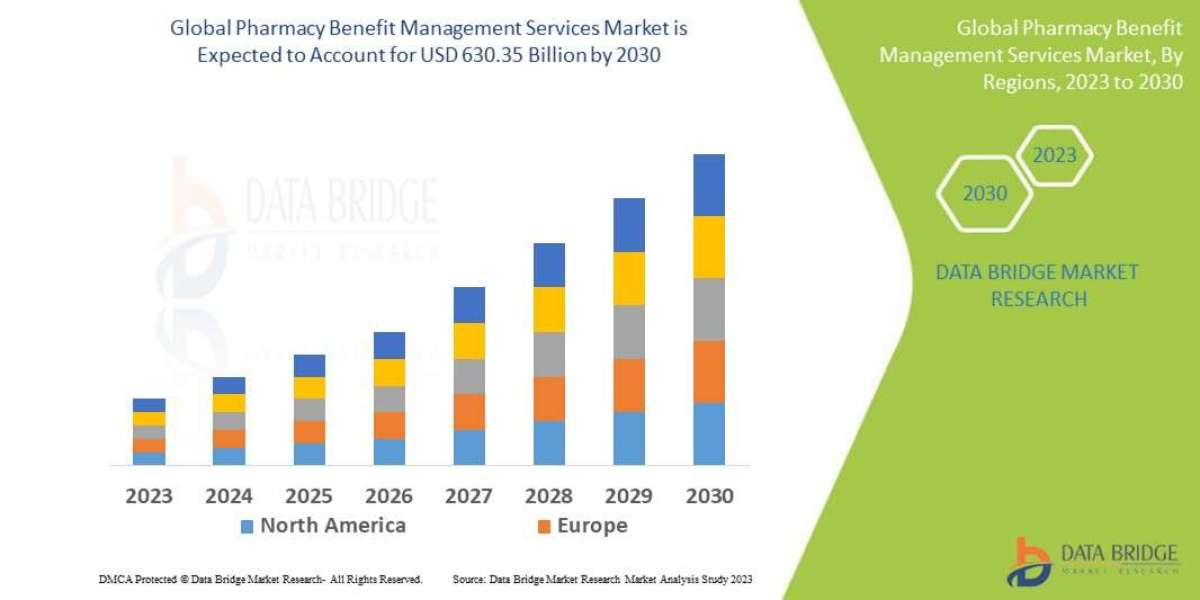Introduction
Motion graphics have become an indispensable tool in modern visual storytelling, seamlessly blending animation, graphic design, and cinematography to convey messages in a dynamic and engaging manner. Whether it's in advertising, film, television, or online content, motion graphics play a vital role in capturing audience attention and delivering information effectively. In this article, we delve into the intricacies of motion graphics production, exploring its processes, techniques, and significance in the digital age.
Understanding Motion Graphics
At its core, motion graphics involve animating graphic elements to create the illusion of movement. Unlike traditional animation, which often features character-driven narratives, motion graphics focus on conveying concepts, data, or messages using text, shapes, illustrations, and imagery. This versatility allows motion graphics to cater to a wide range of purposes, from explaining complex ideas to enhancing brand identity.
The Production Process
Conceptualization: Every motion graphics project begins with a concept. This phase involves brainstorming ideas, defining objectives, and understanding the target audience. Clear communication between the client and the production team is crucial to ensure alignment on the project's goals and expectations.
Storyboarding: Once the concept is established, the next step is to create a storyboard. This serves as a blueprint for the animation, outlining the sequence of scenes, transitions, and visual elements. Storyboarding helps visualize the narrative flow and allows for adjustments before diving into the animation process.
Designing: With the storyboard as a guide, designers create the visual assets for the motion graphics. This may involve creating custom illustrations, typography, icons, or incorporating existing brand assets. Attention to detail is paramount during this stage to maintain consistency and visual appeal.
Animation: Animation brings static elements to life through movement and timing. Techniques such as keyframing, tweening, and masking are used to animate objects, text, and effects. The animation process requires precision and creativity to ensure smooth transitions and engaging motion.
Sound Design: Sound design complements the visual elements of motion graphics, enhancing the overall viewing experience. This may include adding background music, sound effects, voiceovers, or syncing audio with on-screen actions. Sound design adds depth and emotion to the animation studios in new york , reinforcing the intended message.
Rendering and Exporting: Once the animation is complete, the project is rendered into its final format. Rendering involves processing the animation frames and effects to produce a cohesive video file. The final output may vary depending on the intended use, whether it's for broadcast, web streaming, or social media platforms.
Techniques and Tools
2D Animation: Traditional 2D animation techniques are commonly used in motion graphics production. This involves animating objects and characters along a two-dimensional plane, utilizing techniques such as frame-by-frame animation, puppet animation, and vector-based animation.
3D Animation: Three-dimensional animation adds depth and realism to motion graphics projects. Using specialized software like Autodesk Maya, Cinema 4D, or Blender, designers can create intricate 3D models, environments, and visual effects. 3D animation opens up a world of possibilities, allowing for complex simulations, camera movements, and realistic lighting.
Typography Animation: Text plays a significant role in motion graphics, and typography animation offers creative ways to showcase written content. From kinetic typography to stylized lettering, animating text can add flair and emphasis to key messages. Tools like Adobe After Effects provide extensive typographic controls for manipulating text properties and animations.
Particle Effects: Particle effects simulate the behavior of natural elements such as fire, smoke, or water, adding dynamic motion to the animation. Particle systems allow designers to create realistic simulations and visually striking effects. These effects are often used to enhance transitions, create atmospheric elements, or add visual interest to motion graphics compositions.
Motion Tracking: Motion tracking technology enables the seamless integration of animated graphics with live-action footage. By tracking the movement of specific objects or camera motions, designers can overlay graphics onto the footage, creating a cohesive visual narrative. Motion tracking is commonly used in film titles, advertising, and visual effects production.
Significance of Motion Graphics
Motion graphics play a crucial role in modern communication, offering a visually engaging medium to convey information, evoke emotions, and drive engagement. Here are some key reasons why motion graphics are significant:
Attention-grabbing: In today's digital landscape, capturing audience attention is more challenging than ever. Motion graphics stand out amidst the sea of static content, drawing viewers in with captivating animations and dynamic visuals.
Clarity and Conciseness: Complex ideas and data can be challenging to communicate effectively. Motion graphics excel at simplifying concepts and presenting information in a clear and concise manner. Through visual storytelling, even the most intricate topics can be made accessible and understandable.
Brand Identity: Motion graphics are an integral part of brand identity and marketing strategies. By incorporating brand elements, colors, and messaging into animations, companies can strengthen brand recognition and leave a lasting impression on their audience.
Versatility: Motion graphics can adapt to various platforms and formats, making them highly versatile. Whether it's a short promotional video, an explainer animation, or a social media ad, motion graphics can be tailored to suit different content needs and audience preferences.
Engagement and Interactivity: Interactive motion graphics offer an immersive experience, allowing viewers to engage with the content and explore information at their own pace. Interactive elements such as clickable buttons, animations triggered by user actions, or personalized visualizations enhance viewer engagement and participation.
Conclusion
Motion graphics production is a multifaceted process that combines creativity, technology, and storytelling to create compelling visual experiences. From concept development to final rendering, each stage requires meticulous planning and execution to deliver impactful results. In an era where attention spans are fleeting and visual communication is paramount, motion graphics continue to be a powerful tool for engaging audiences, conveying messages, and elevating visual storytelling to new heights.





